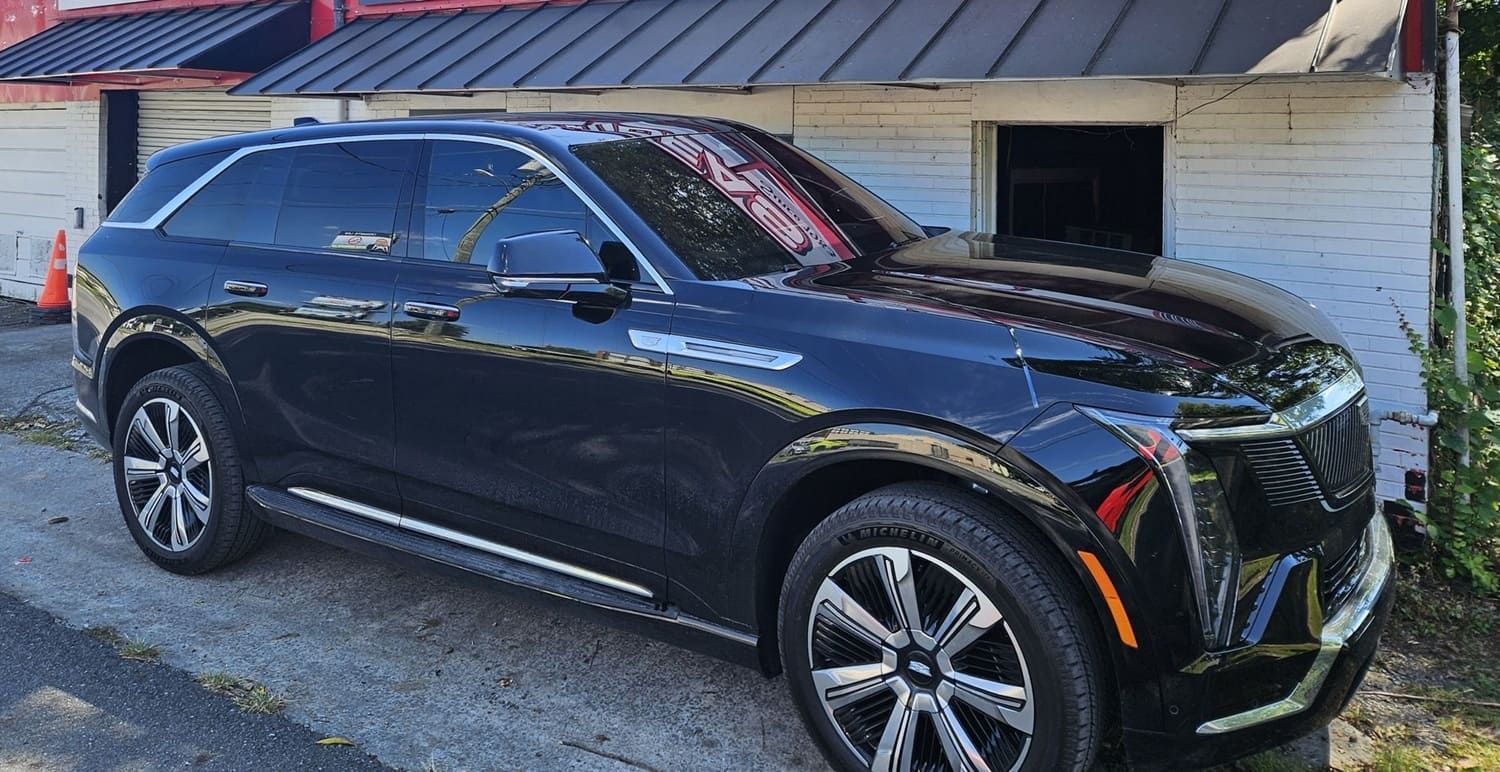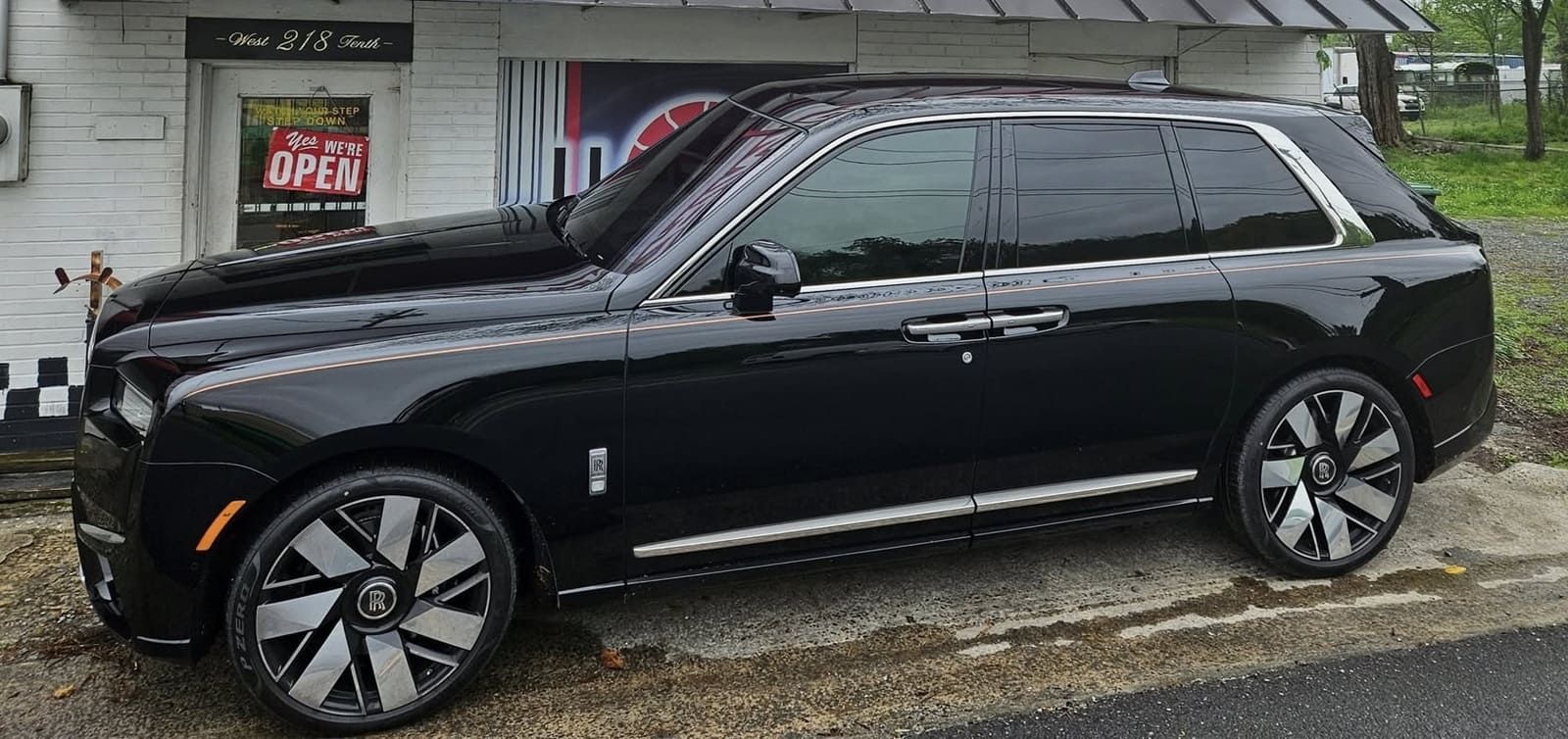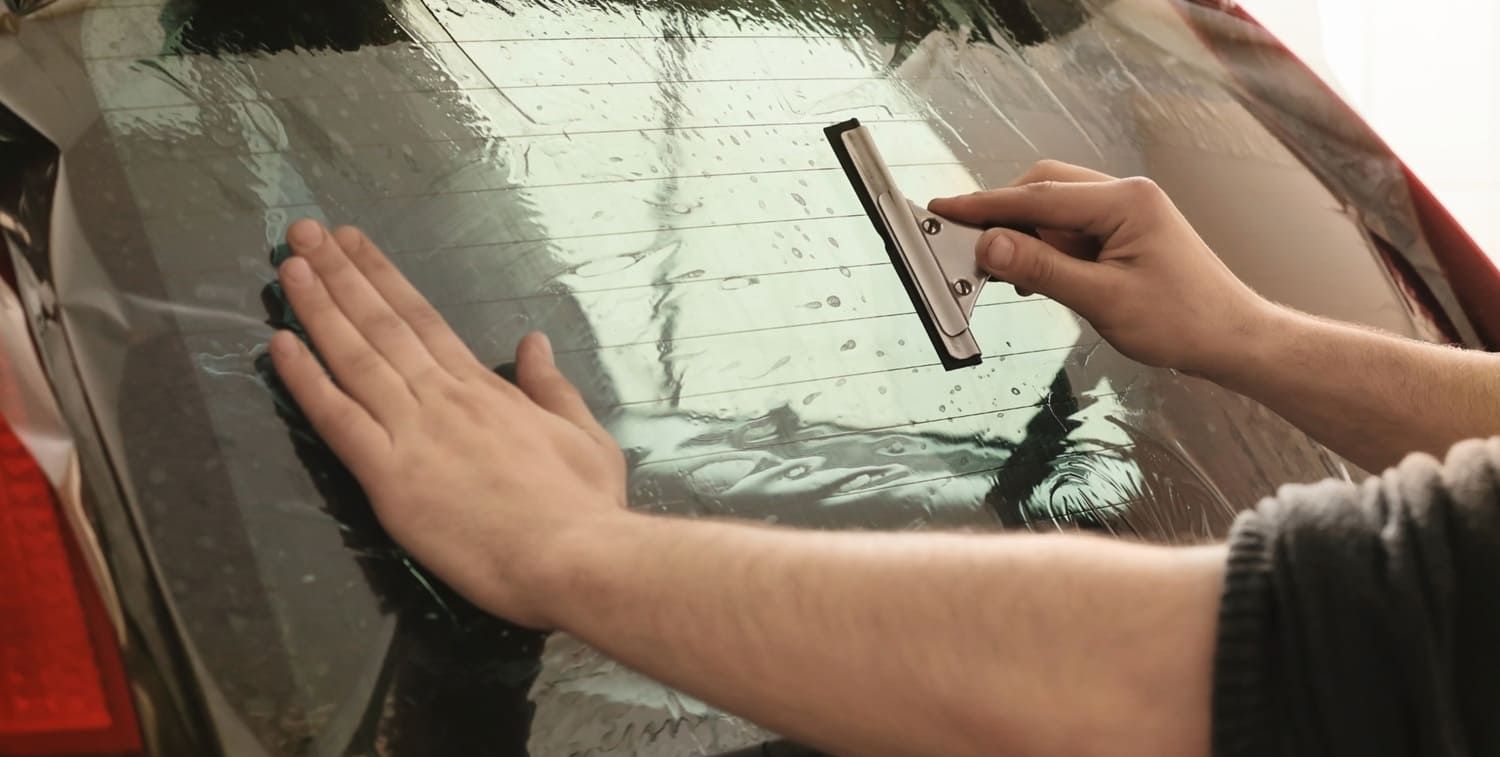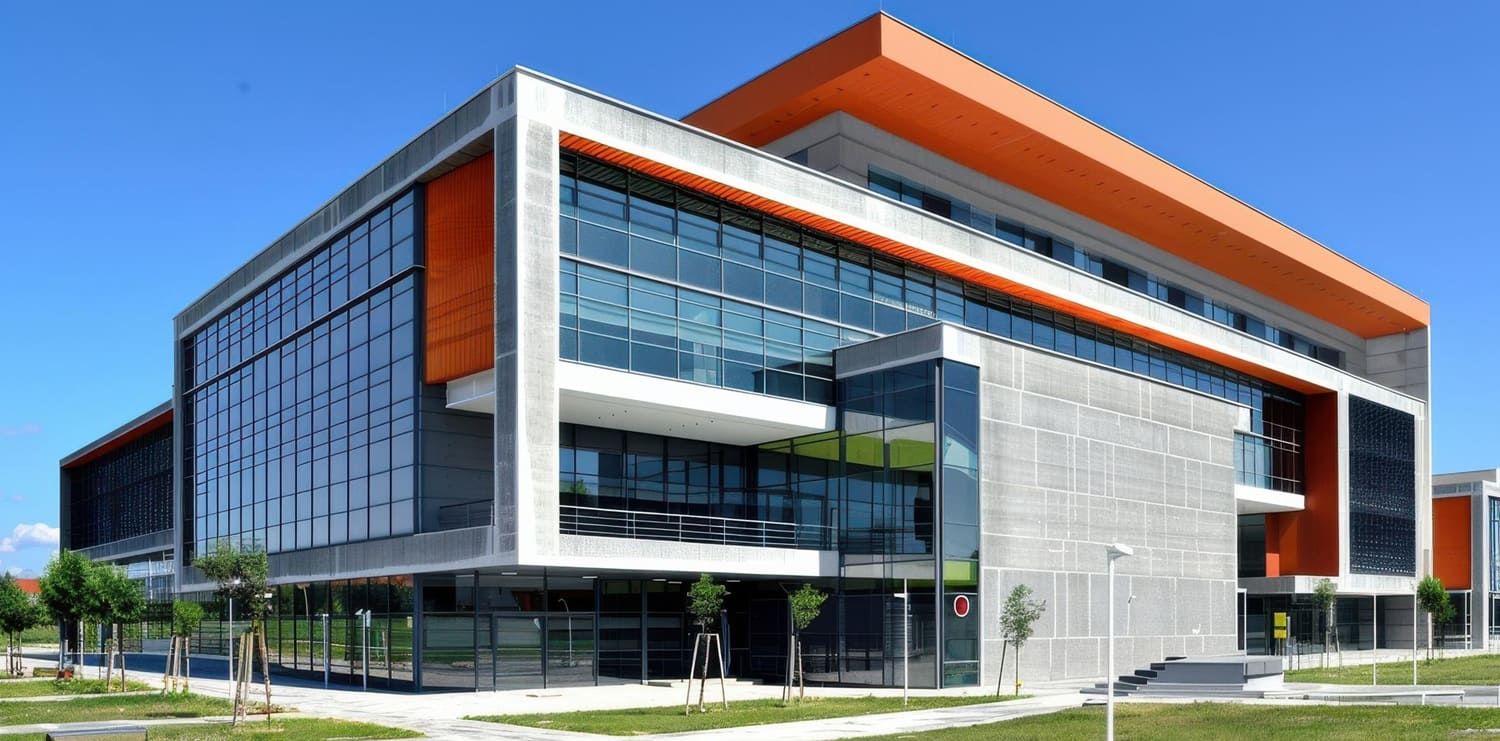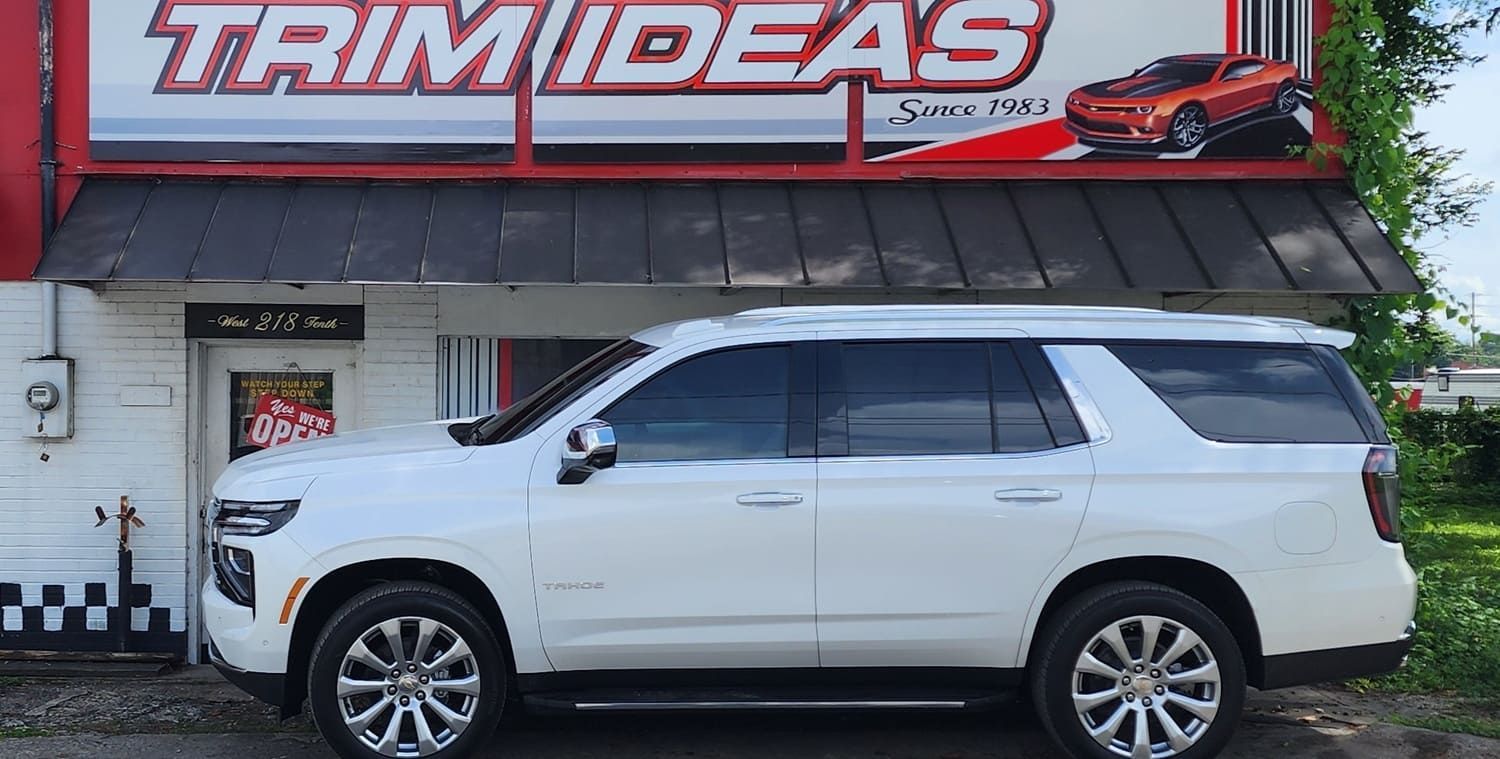How Window Tinting Reduces Cabin Heat
Window tinting is a thin film applied to the windows of your car. While many people consider window tint for privacy or style, it has several functional benefits. These benefits go beyond just changing the appearance of your vehicle; they contribute to the longevity and overall performance of your car, enhancing both its aesthetic and functional value.
Protecting Your Car Interior
One of the primary benefits of window tinting is its ability to protect your car's interior. The sun's ultraviolet (UV) rays can cause the upholstery and dashboard to fade over time. By blocking these rays, window tinting preserves the appearance of your car's interior and extends its lifespan. This protection is especially crucial for vehicles parked outdoors for extended periods, as constant sun exposure can lead to premature aging of materials. Furthermore, by maintaining the integrity of your car's interior, you can also preserve its resale value, making window tinting a wise investment in the long run.
Enhancing Privacy and Security
Window tinting also provides privacy by limiting the visibility into your car. This can deter potential thieves by keeping your belongings hidden from plain view. Additionally, in the event of an accident, the film can help hold shattered glass together, reducing the risk of injury from flying glass shards. The privacy afforded by window tinting also extends to the passengers inside, offering a more comfortable and secure environment, free from prying eyes. Moreover, this added layer of protection can give drivers peace of mind, knowing that their vehicle and its contents are less vulnerable to theft and damage.
Increasing Energy Efficiency
Another key benefit is energy efficiency. By reducing the amount of heat that enters your car, window tinting decreases the need for air conditioning. This not only makes your car more fuel-efficient but also enhances the comfort of your driving experience. With less strain on your air conditioning system, you can enjoy a cooler ride while consuming less energy, which is both environmentally friendly and cost-effective. Over time, the reduction in fuel consumption and the preservation of your car's AC system can lead to significant savings, making window tinting a practical choice for eco-conscious drivers.

How Thermal Window Tint Works
Thermal window tint, in particular, is designed to reflect heat and UV rays. It uses advanced technology to keep the interior of your car cooler, even on the hottest days. This type of tint is engineered to provide superior heat rejection while maintaining visibility, ensuring a comfortable ride without compromising safety.
The Science Behind Heat Reduction
Thermal window tint works by reflecting the sun's infrared rays, which are responsible for most of the heat we feel. By reflecting these rays, the tint reduces the overall heat that enters your car. This is achieved through a combination of materials in the tint film that are specifically designed to block and reflect heat. The film's multi-layer construction allows it to selectively filter out harmful rays while allowing visible light to pass through, ensuring that your car remains bright and airy. This sophisticated technology not only enhances comfort but also contributes to energy savings by reducing the load on your vehicle's cooling system.
Types of Thermal Window Tint
There are several types of thermal window tint available, each offering different levels of protection. Some of the most common types include:
- Dyed Window Tint: Uses multiple layers of dye to absorb solar heat. It is typically the most affordable option but may not offer the same level of heat reduction as other types.
- Metalized Window Tint: Contains tiny metallic particles that reflect heat. This type of tint provides excellent heat reduction and durability but may interfere with GPS and radio signals.
- Ceramic Window Tint: Uses ceramic particles that do not conduct heat, providing superior heat reduction without affecting visibility. Although more expensive, ceramic tints offer the best performance in terms of heat rejection and clarity.
When selecting a thermal window tint, it's essential to consider the trade-offs between cost, performance, and potential interference with electronic devices.
Choosing the Right Tint for Your Vehicle
When choosing a thermal window tint, consider factors such as your typical driving environment and the level of protection you desire. While ceramic tints tend to be more expensive, they offer the best heat reduction without compromising visibility. Your choice should also reflect your personal preferences and budget, as well as any specific needs you have for your vehicle. Consulting with a professional can help you navigate the options and select the most suitable tint for your car. Additionally, a professional installation ensures that the tint is applied correctly, maximizing its effectiveness and longevity.
Window Tinting Cabin Heat Reduction
Reducing cabin heat is one of the most appreciated benefits of window tinting. Here's how it makes a difference. By effectively minimizing the amount of heat that enters your vehicle, window tinting creates a more comfortable and enjoyable driving experience, especially during hot weather.
Keeping Your Car Cooler
The primary function of window tinting in heat reduction is to keep your car cooler. By blocking a significant amount of solar heat, your car's interior stays at a more comfortable temperature. This is particularly beneficial during the summer months or if you live in a hot climate. A cooler interior not only enhances comfort for passengers but also protects sensitive electronic devices from overheating, preserving their functionality and lifespan. Furthermore, a consistently cooler cabin can reduce the chances of heat-related stress or fatigue during long drives, contributing to a safer and more pleasant journey.
Reducing Air Conditioning Usage
With less heat entering the cabin, your car's air conditioning system doesn't have to work as hard. This not only saves fuel but also prolongs the life of your car's air conditioning system. Reduced strain on the AC system means fewer maintenance issues and potential repairs, leading to lower overall vehicle maintenance costs. Additionally, the energy savings from decreased AC usage can contribute to a reduced carbon footprint, making window tinting an environmentally responsible choice for conscientious drivers.
Enhancing Driving Comfort
A cooler cabin means a more comfortable driving experience. By reducing glare and heat, window tinting helps you stay focused on the road, improving overall safety. Less glare means reduced eye strain, allowing for longer and more comfortable drives, particularly during bright sunny days. The enhanced comfort provided by window tinting also means that drivers and passengers can enjoy their journey without the constant need to adjust settings for temperature and light, leading to a more relaxed and enjoyable ride.
The Installation Process
To enjoy the full benefits of window tinting, proper installation is crucial. Here's what you can expect during the installation process. A well-installed window tint ensures optimal performance, longevity, and aesthetics, making professional installation a worthwhile investment.
Professional vs. DIY Installation
While some car owners opt for a DIY approach, professional installation is recommended. Trained professionals ensure that the tint is applied correctly without bubbles or creases, which can affect both the appearance and performance of the tint. Professional installers have the expertise and tools necessary to achieve a seamless finish, ensuring that the tint adheres properly and provides the maximum heat and UV protection. Additionally, professional installation often comes with a warranty, providing peace of mind and protection against potential defects or issues.
What to Expect During Installation
The installation process typically involves cleaning the windows thoroughly, cutting the film to size, and applying it to the windows. The process can take a few hours, depending on the number of windows being tinted and the type of film used. During installation, professionals take care to avoid any contamination or damage to the film, ensuring a flawless finish. After application, the film needs time to cure, during which it's important to follow specific aftercare instructions to ensure optimal performance and longevity.
Aftercare and Maintenance
After installation, it's important to avoid rolling down the windows for a few days to allow the film to cure properly. Regular cleaning with a soft cloth and mild detergent will keep the tint in good condition. Avoid using harsh chemicals or abrasive materials, as these can damage the tint and reduce its effectiveness. Following these simple maintenance steps can ensure that your window tint remains in top condition, providing lasting protection and comfort for your vehicle.
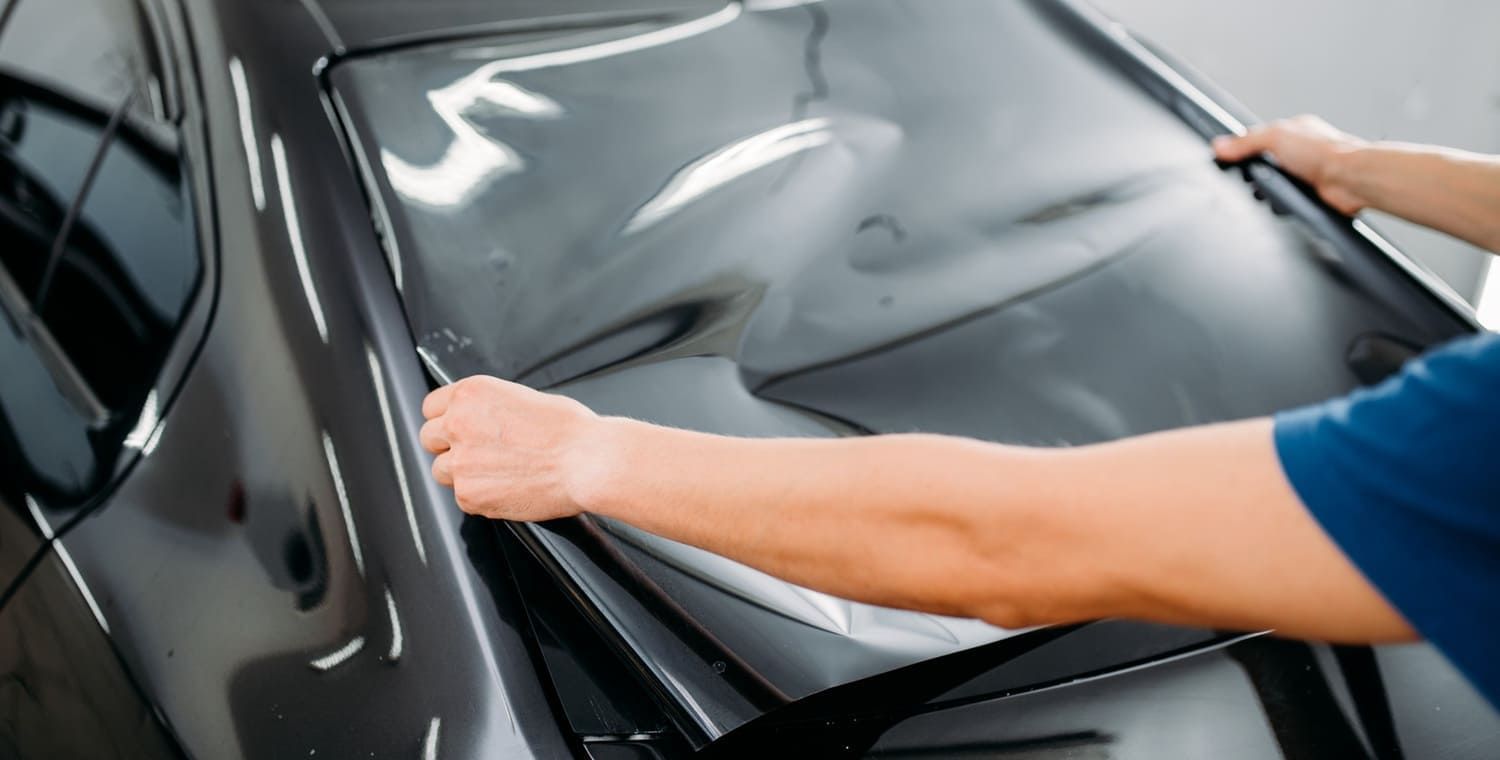
Legal Considerations
Before applying window tint, be aware of the legal regulations in your area. Different states and countries have varying laws regarding the darkness and reflectivity of window tints. Compliance with these laws is essential to avoid fines and ensure that your vehicle remains roadworthy.
Understanding Tint Laws
Most regions have specific regulations on how dark or reflective window tints can be. These laws are designed to ensure safety by maintaining sufficient visibility for drivers. Tints that are too dark can impede visibility, especially at night or in low-light conditions, posing a safety risk. Understanding and adhering to local tint laws not only keeps you compliant but also ensures that your vehicle remains safe to operate under various driving conditions.
Ensuring Compliance
To ensure compliance, consult with a professional installer who is familiar with local tint laws. They can recommend the appropriate tint level that balances heat reduction with legal requirements. Professional installers stay updated on the latest regulations, ensuring that your tint application meets all necessary standards. By working with a knowledgeable installer, you can avoid potential legal issues and enjoy the full benefits of window tinting without worry.
Conclusion
Window tinting is a practical solution for reducing cabin heat, providing comfort, and enhancing the overall driving experience. At Trim Ideas, your best window tinting installers serving Rome, GA, we offer high-quality tinting solutions designed to improve vehicle efficiency, protection, and style.
By understanding the benefits and selecting the right type of tint, you can enjoy a cooler, more energy-efficient ride while protecting your interior and reducing glare. Incorporating window tinting into your vehicle maintenance routine not only preserves your investment but also creates a more enjoyable and comfortable driving environment.
Contact Trim Ideas today for your free estimate and expert guidance on the best window tint for your vehicle.
By investing in high-quality window tinting, you're making a proactive decision that enhances performance, driving comfort, and long-term value—making every journey more enjoyable than ever before.


